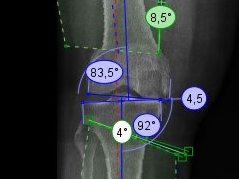01
Degenerative joint diseases
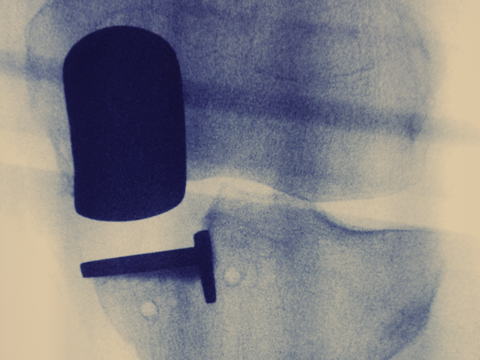
Degenerative joint diseases are extremely common with increasing life expectancy. Osteoarthritis "arthrosis", also popularly known as joint wear, affects most elderly people and can significantly compromise quality of life. There are conservative and surgical treatments, such as osteotomies and partial or total arthroplasties.
02
Meniscal and ligament injuries of the knee
Meniscal and ligament injuries of the knee are extremely common in the general population and in athletes. Symptoms can vary a lot, but basically meniscal injuries cause joint pain, crackles or blockages, while ligament injuries cause joint instability, which is manifested by the sensation of knee distortions. Recurrent episodes of giving-ways can lead to secondary lesions in the menisci and cartilage, resulting in future joint degeneration.

03
Sports injuries and tendinopathies
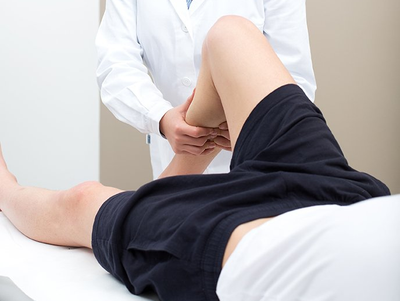
The practice of sports is becoming more and more frequent in the population, also beginning to extend to earlier and later age groups. Of course, sport is beneficial, but it carries the risk of muscle and tendon injuries. Tendinopathies ("tendinitis") are quite common and it is essential to prevent and treat them, to avoid tendon degeneration, calcifications and the risk of ruptures.
04
Patellofemoral disorders
The joint between the patella and the femur is a frequent site of painful pathologies and cartilage disorders, such as the already known "chondromalacia". The patella is subject to very high compressive forces in some activities, such as climbing stairs or running. Even small anatomical changes can favor the appearance of symptoms over time, which is why it is necessary to have a correct evaluation by a specialist if the person intends to play sports that overload this joint.
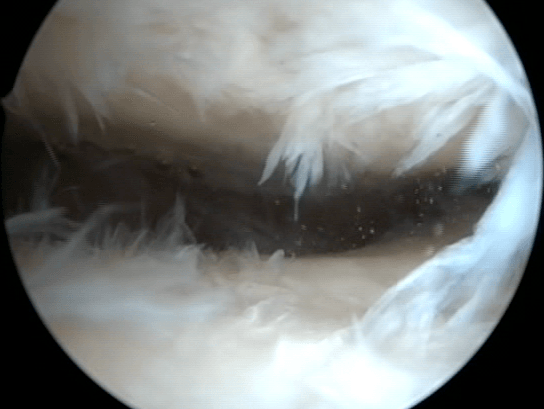
05
Fractures of the pelvis and lower limbs
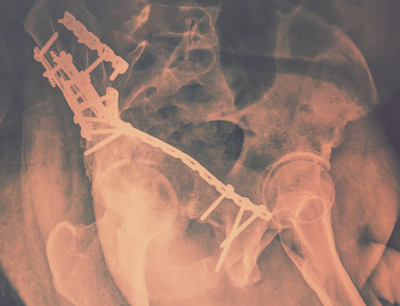
Unfortunately, fractures are inherent risks in our daily lives, whether in domestic accidents, sports injuries or motor vehicle accidents in traffic. Adequate and early treatment of fractures prevents complications. Modern osteosynthesis techniques, through fixation with rods, plates and screws, have guaranteed shortened hospital stay and rapid rehabilitation and return to work, with high rates of bone healing.
06
Post-traumatic deformities
Bone healing disorders can occur after fractures and injuries to the lower limbs and malalignment (varus or valgus, for example) impairs function and rapidly degenerates the joints. With proper planning, now aided by software that guarantees surgical precision, we can correct deformities through osteotomies and restore limb function.
